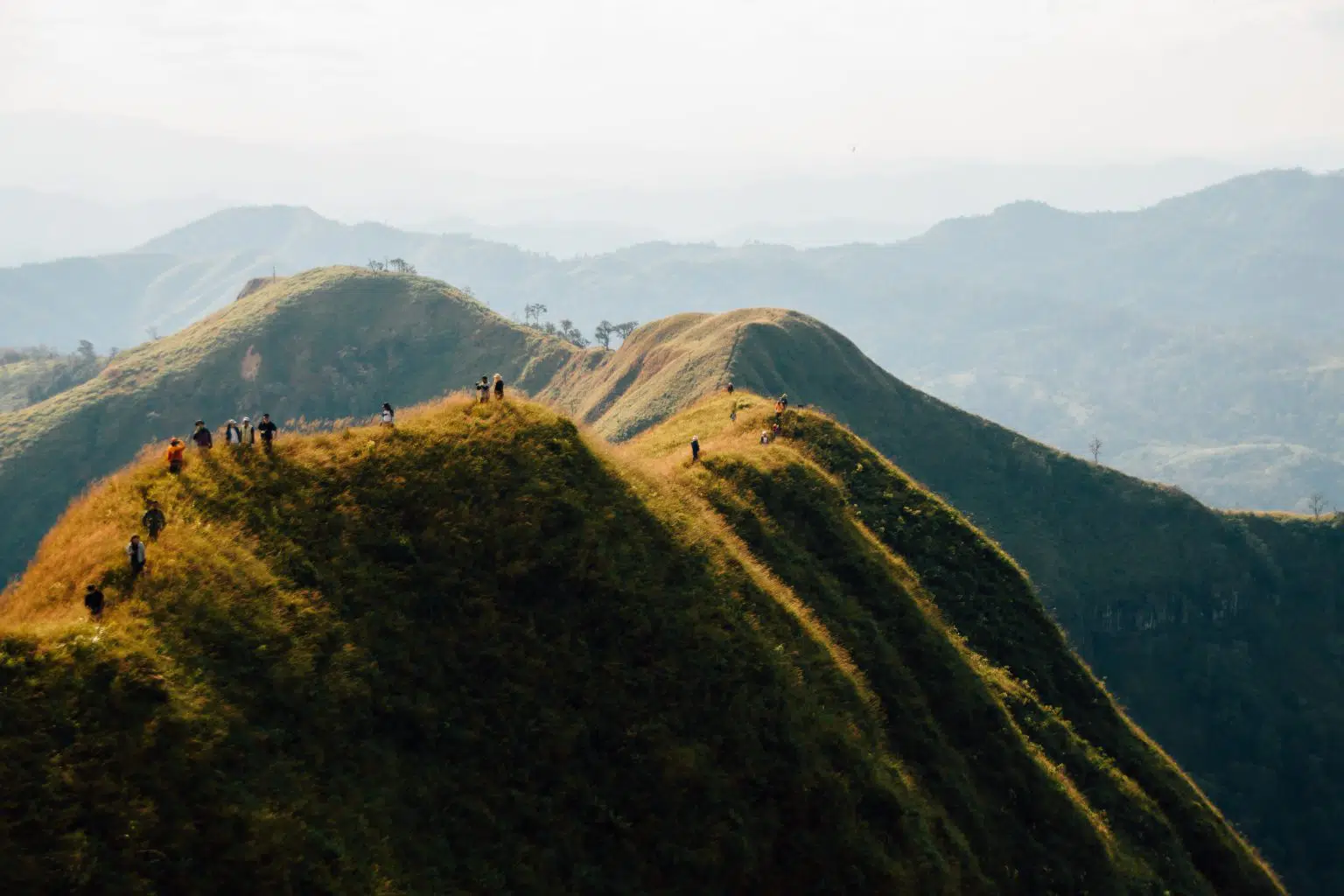Mount Kilimanjaro is truly astounding, and an important part of our planet’s natural landscape. Located in Tanzania, it is Africa’s tallest mountain, measuring at about 5,895 metres tall. Because it is the tallest mountain in Africa, it earns its place as the fourth tallest of the world’s seven summits, a group made of the tallest mountains on each continent. Although fourth tallest in this group, it is actually the tallest free-standing mountain in the world, as it is not part of a mountain range. However, don’t let all these impressive statistics intimidate you; Kilimanjaro is considered the easiest of the seven summits to climb as it requires no equipment or technical skills.
Although it is referred to as a mountain, Kilimanjaro is actually a volcano. More specifically, it is a stratovolcano, a term for a very large volcano made of ash, lava, and rock. Kilimanjaro is also made of three cones called Kibo, Mawenzi, and Shira, with Kibo being the main, tallest peak of the mountain. Mawenzi and Shira are extinct (meaning they will never erupt again), but Kibo is simply dormant and has the potential to erupt again. It is estimated the last time Kibo erupted was around 360,000 years ago. Around Kibo’s crater rim, the highest point is called Uhuru, meaning “freedom” in Swahili.
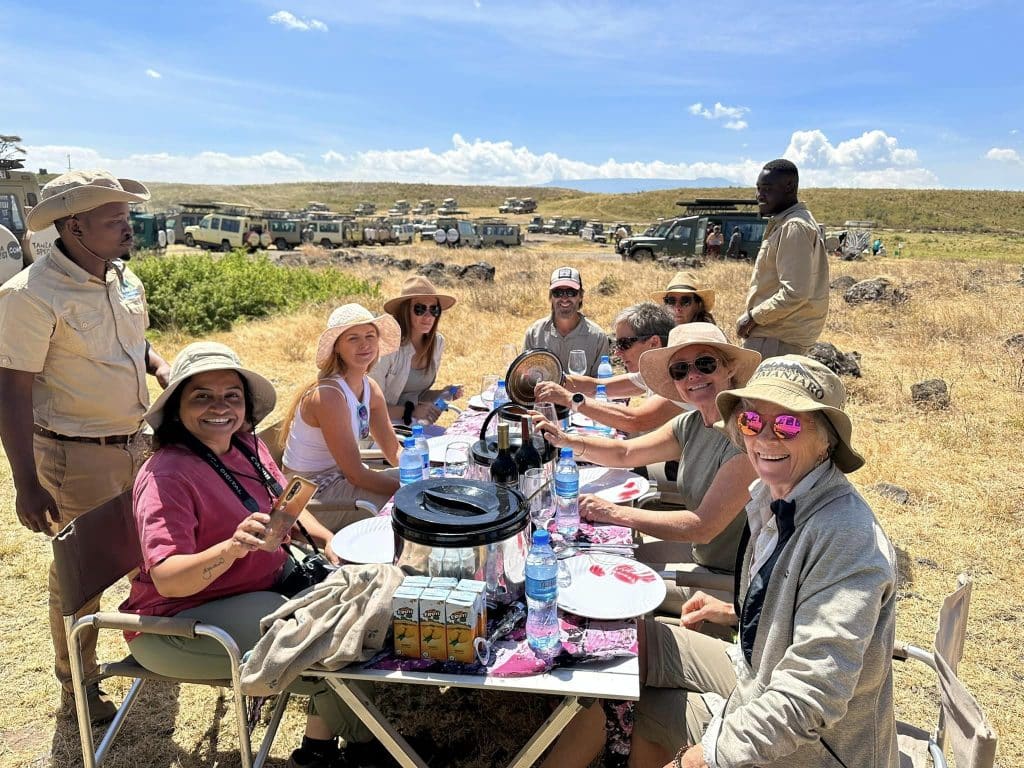
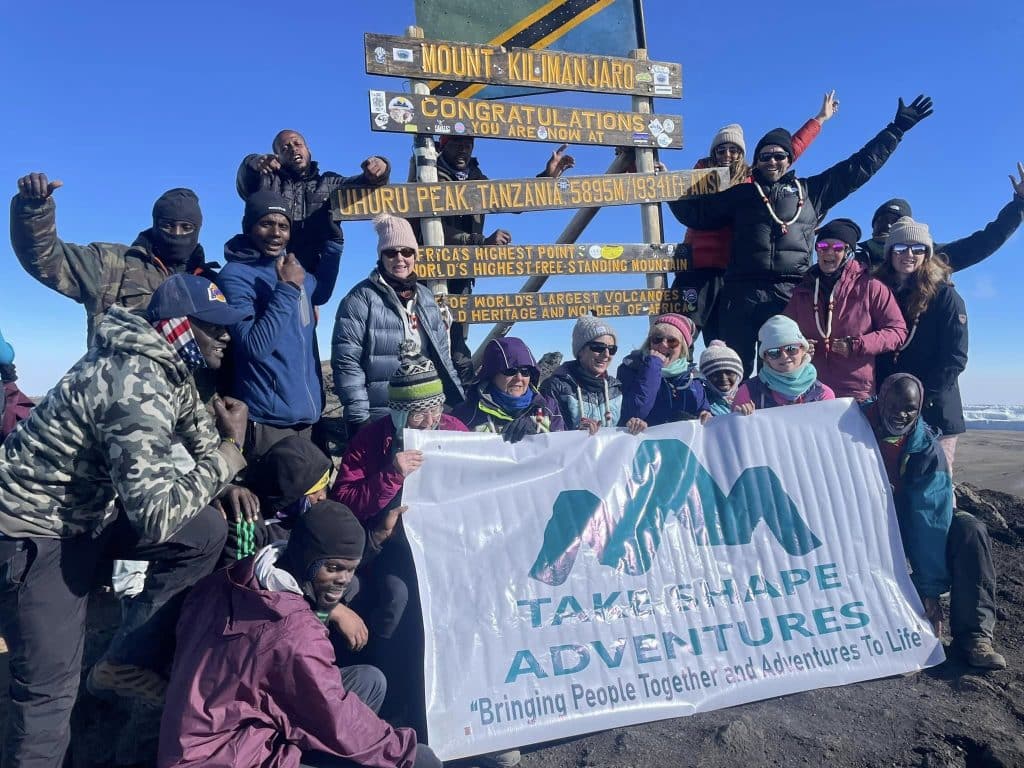
Mount Kilimanjaro is snow-capped, like many other famous mountains of the world such as Mount Fuji. However, this surprised early explorers who first discovered these snowy areas, as they did not believe that snow could exist so close to the equator, which is know for being the hottest area on Earth. After all, Kilimanjaro is only around 330km away from the equator. Unfortunately, scientists believe that the snow may disappear in the next 20 years or so, with the icecap shrinking by 82% since 1912. They believe this may not necessarily be due to global warming, but instead to deforestation, and in 2008, nearly 5 million native trees were planted around the base of the mountain to combat the issue. This makes climbing Mount Kilimanjaro even more important for the next few years, so you can experience as much of the natural beauty and range as possible and gain an appreciation for protecting our beautiful planet and landscapes.
Because of its beautiful environment and significance, the mountain and its surrounding forests were named Kilimanjaro National Park in 1973. The park was then named a UNESCO World Heritage site in 1987.
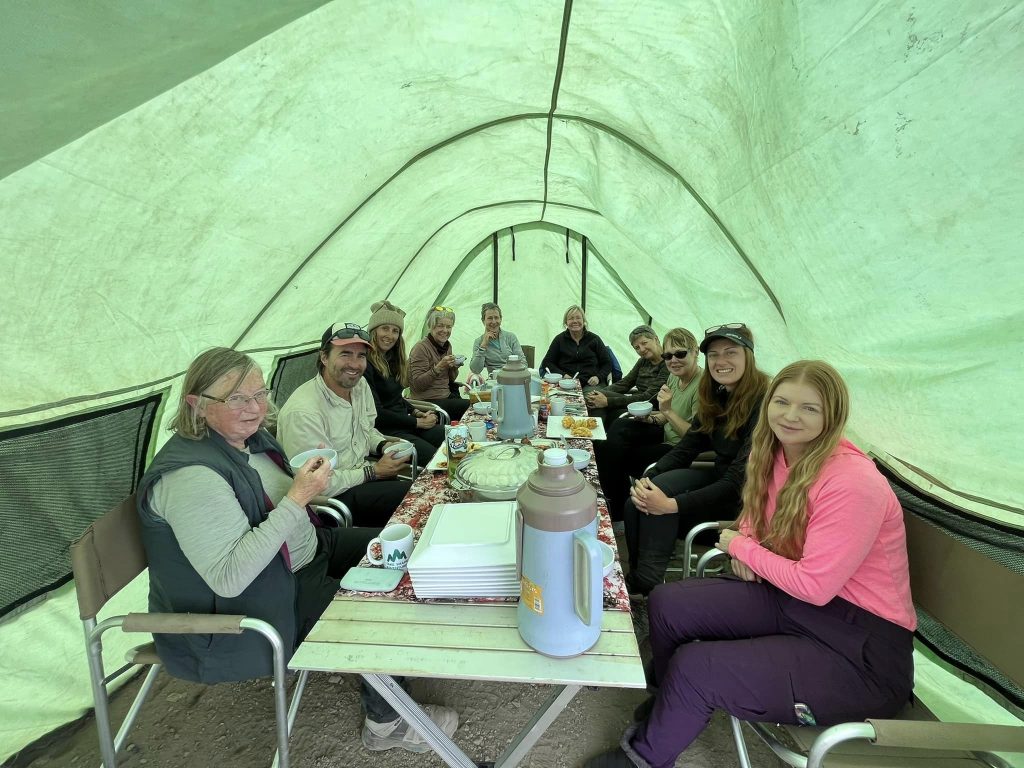
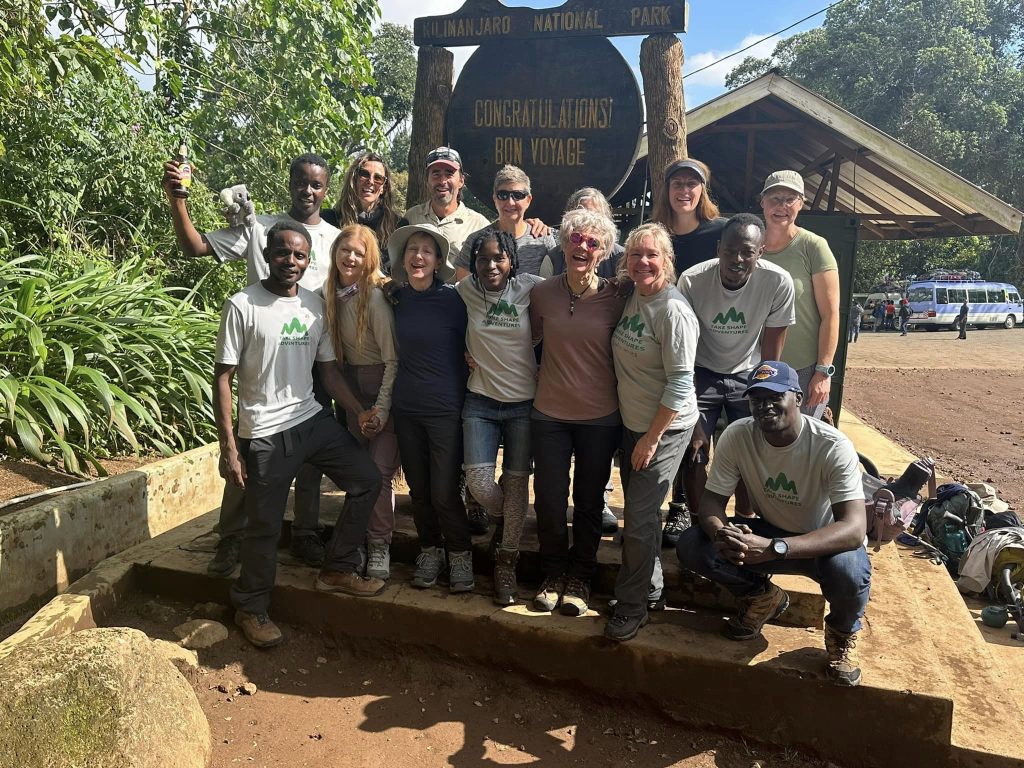
Kilimanjaro was first summited in 1889 by Hans Meyer, a German geographer, Ludwig Purtscheller, an Austrian mountaineer, and Yohani Kinyala Lauwo, a local guide. Since then, it’s become an extremely popular climb for locals and tourists alike who want to spice up their life with a good challenge, without having to invest in serious mountaineering or climbing gear. The fastest ascent and descent of Kilimanjaro was performed by Swiss elite athlete Karl Egloff in just 6 hours and 14 minutes in 2014. However, he spent a long time at high altitudes to acclimatise himself and ensure he didn’t suffer altitude sickness. For a majority of people, going about it slowly and steadily is the best way to reach the peak successfully. Because of Kilimanjaro’s accessibility, it also has an impressive age range of climbers, with the oldest climbers being 89 years old and the youngest climbers being only 6 years old! There is a minimum age limit of 10 years old for climbers, but exceptions are made for children with considerable climbing experience.
While Mount Kilimanjaro has some impressive titles and statistics to its name, it is also the perfect accessible challenge for hikers who don’t necessarily have technical mountaineering skills, but still want to push themselves to achieve new, hard goals. Every year, we a group of adventurers away to conquer this awesome mountain, so if you think this is your next big challenge, then book in today! Choose between our epic 10-day trip of summitting the mountain, or add on an extra 4 days of safari exploration so you can experience as much as Tanzania has to offer. Follow the link below to download the trip brochure and book into this epic challenge!

